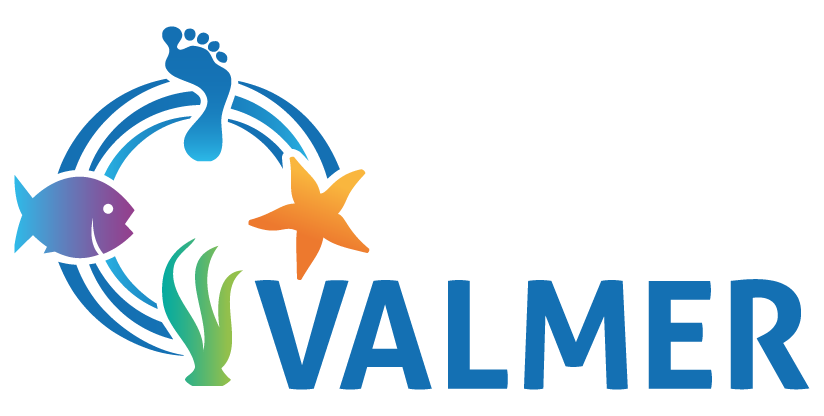Summary
The topic studied was the ecosystem services provided by kelp forest habitats. The management of Laminaria hyperborea exploitation, the most abundant kelp species, has been implemented and negotiated 15 years ago by kelp harvesters. In a context of increasing demand for kelps, the main objective, through the ecosystem services assessment approach, was to provide new insights to the current management debate, and for the search of new trade-offs. The aim is to achieve precise management of the kelp field that allows a sustainable yield and employment for fishermen, while protecting patrimonial species as Bottle-nose dolphin and mitigating impacts on other uses.
For additional information
Date: 2012-2015
The work presented here has been developed in six case studies of the VALMER Interreg 4A Channel project (2012-2015).
Coordination by M. Philippe, J. Ballé-Béganton and D. Bailly
based on written contributions from A. Vanhoutte-Brunier, P. Le Nilliot, R. Mongruel, A. Marzin, M. Laurans, O. Guyader, D. Davoult and D. Vaschalde







